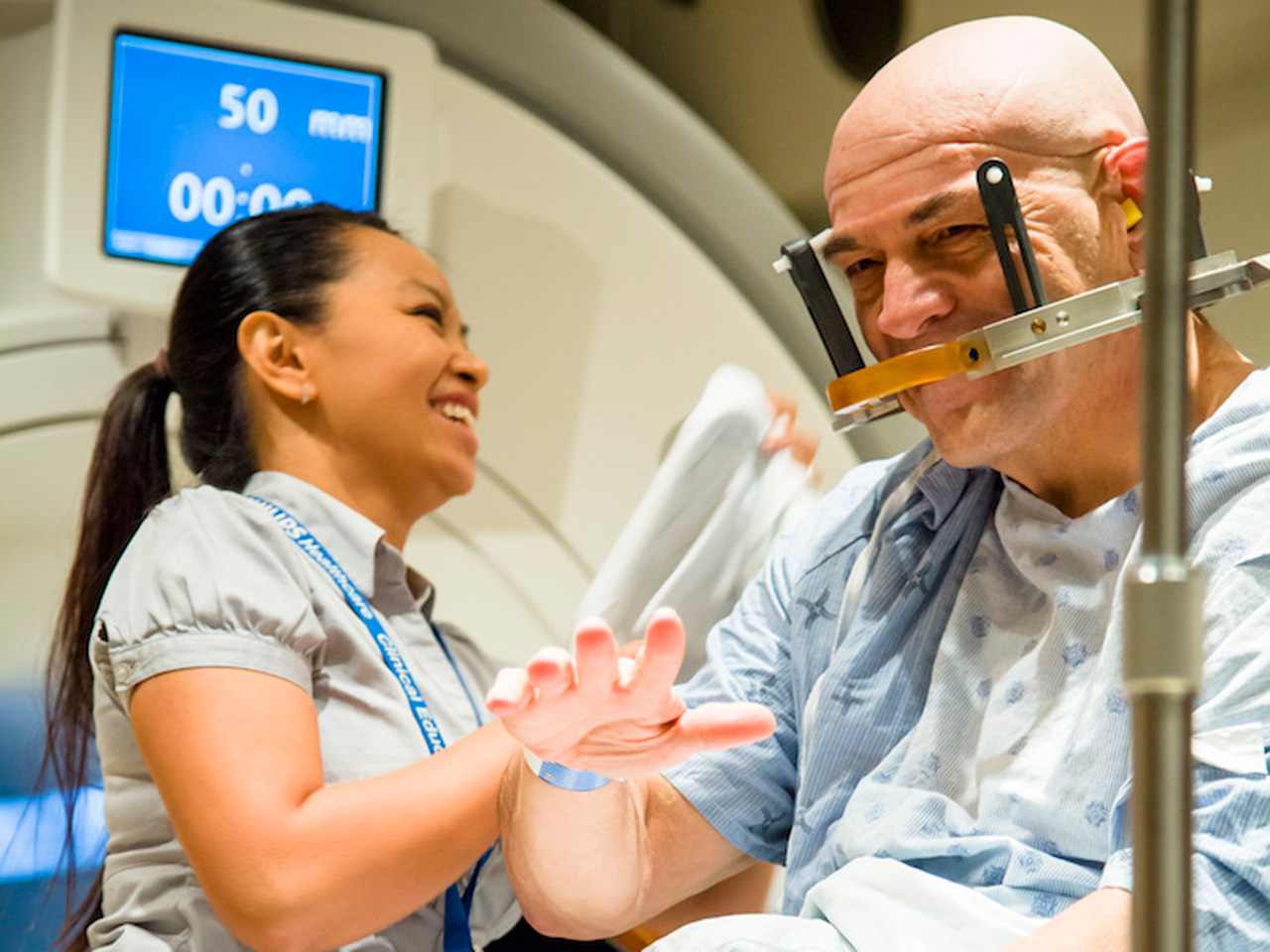Approval for scalpel-free surgery for essential tremor
Scalpel-free surgery for essential tremor took another step toward greater patient access as the Food and Drug Administration in the United States and Health Canada have both provided approval for the procedure.
“Using the most rigorous scientific standards, we have shown that focused ultrasound is an effective, and safe, treatment for essential tremor not responsive to medication,” explains Dr. Nir Lipsman, neurosurgeon and scientist at Sunnybrook, one of the world’s pre-eminent focused ultrasound sites, which first brought worldwide media attention to the non-invasive technique in 2012 with the early-stage clinical trial. “This is a major step forward for the future treatment and care for patients living with this neurological disorder which is a source of significant disability."
The technology allows investigators to focus ultrasound waves under MRI guidance through a patient's skull to reach an area located deep in the brain. Focused ultrasound is then used to lesion the cells that are responsible for the tremor. The real-time MR images allow the surgeon to target the sound waves very precisely and provide continuous guidance and thermal feedback. The patient remains awake and alert during treatment and can go home the next day.
“This is a very important step validating the feasibility of non-invasive brain surgery using MRI-guided focused ultrasound. This device will open up a new era that will revolutionize the way brain diseases will be treated eventually benefitting millions of patients,” says Dr. Kullervo Hynynen, director of Physical Sciences at Sunnybrook Research Institute, who worked with industry partner Insightec for almost two decades to develop the technology and bring it to a clinic-ready state. He was the first to pair MRI with focused ultrasound.
“We saw firsthand the vast improvement in patients’ disability, particularly in the areas of drinking from a cup and writing,” says Dr. Lipsman, who is co-investigator of the international multi-centre trial, of which Sunnybrook was the sole Canadian site, that successfully tested MRI-guided focused ultrasound for moderate to severe essential tremor.
Essential tremor is a common nervous system (neurological) disorder that causes involuntary and rhythmic shaking. It can affect almost any part of your body, but the trembling occurs most often in your hands — especially when you do simple tasks, such as drinking from a glass or tying shoelaces.
Related stories:
- Revolutionary scalpel-free surgery a success - December 2012
- Next step in scalpel-free surgery - March 2014







